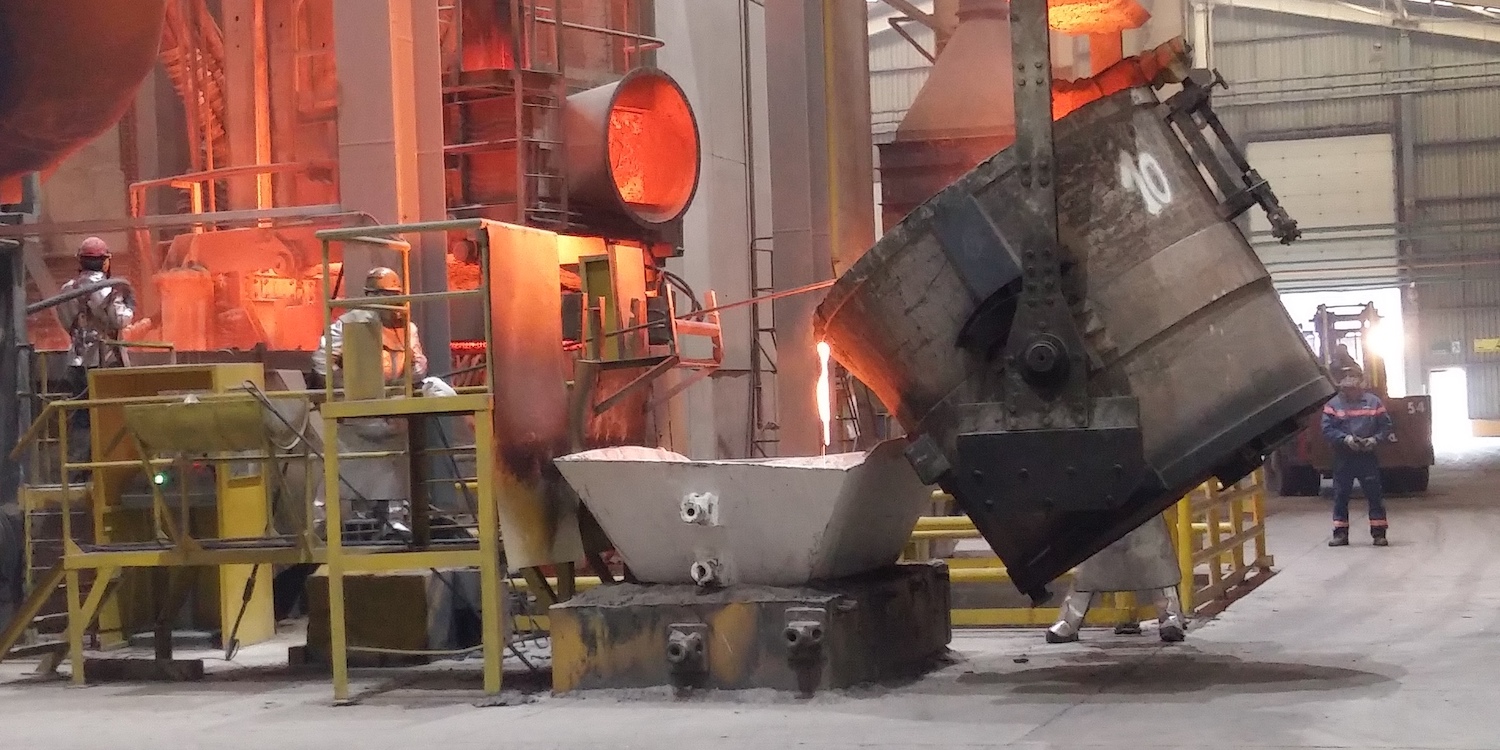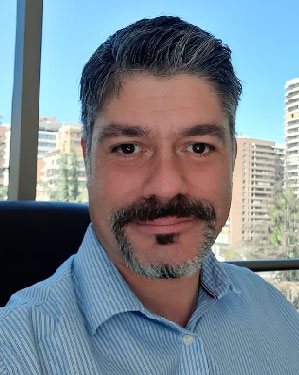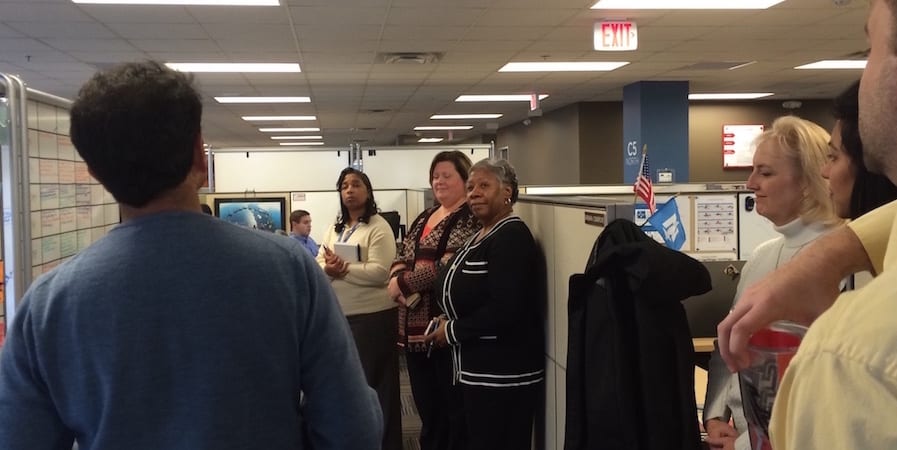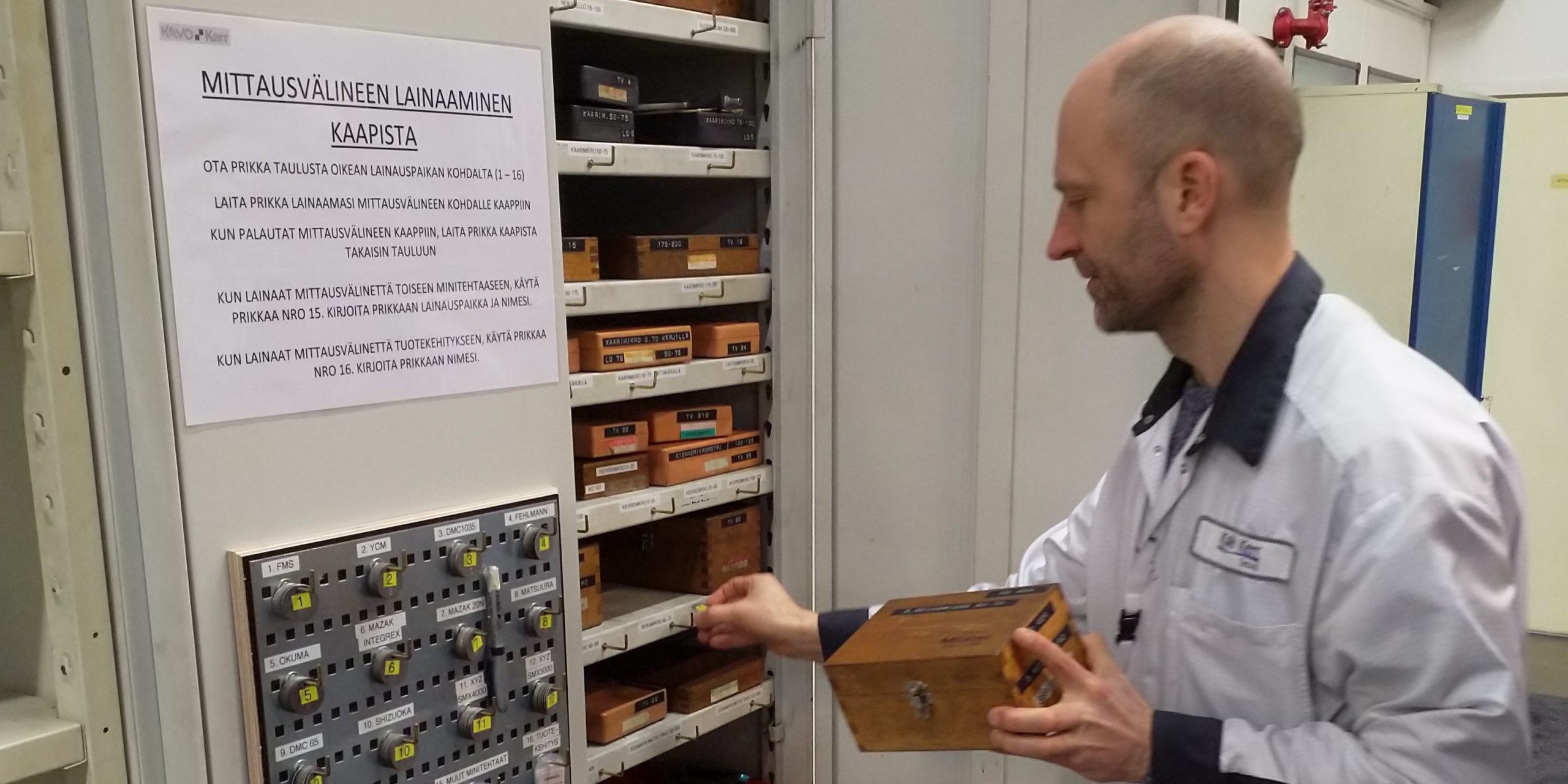
How hoshin is giving us a common purpose
CASE STUDY – This 104-year-old Chilean provider of integral solutions for the mining industry has turned to hoshin kanri to effectively connect everyone’s work with the overall business strategy.
Words: José Pablo Domínguez, General Manager, ME Elecmetal South America
Across its operations in South America, ME Elecmetal had been looking for ways to improve problem-solving capabilities and engage more people in the pursuit of strategic goals for quite some time. It is with this challenge in mind that we began talking with Instituto Lean Chile about the possibility of introducing hoshin kanri.
But hoshin wasn’t our first adventure in the lean world. Over the years, we have experimented with several improvement techniques – from TPM to kaizen – especially in operations. In fact, the lean system we introduced (and, later, our hoshin work, with a particular focus on A3 Thinking) was paired up with our pre-existing management system – the ME Elecmetal Way. As we began our collaboration with Instituto Lean Chile with a number of pilot projects meant to tackle specific problems – both operational and administrative – we quickly realized how good a match the two systems were.
What immediately made lean attractive to us was the opportunity to boost the ability of our people to understand and solve problems. Indeed, the lean pilots we ran showed everyone what Lean Thinking is capable of: our people felt heard and saw they had a role to play in ensuring the success of the company. In this sense, these initial projects and the horizontal, more participative organizational structure they gave everyone a glimpse of were instrumental in securing the front-line support we needed to initiate our hoshin activities.
As a General Manager, it didn’t take me long to see the immense potential the lean philosophy had to connect an enhanced problem-solving capability with our strategy.
HOSHIN TO THE RESCUE
ME Elecmetal already had a lot of experience understanding the context in which it has to operate. Thanks to market research and the great information we receive from our Corporate office, we typically find ourselves well-equipped to assess the situation around us and devise the best strategy for it. What we were lacking was a way to engage more people in the deployment of that strategy, to motivate them and to solve problems more effectively.
Critically, strategy often means much more than waste elimination. To fulfil a strategy might entail developing a new product or entering a new market segment, for example. In our mind, the key to achieving such objectives is to connect as many people as possible to our strategy. We think that hoshin was the missing link in the chain.
Aware of the fact that the introduction of hoshin would represent a big change, we got everyone a copy of John Shook’s seminal book Managing to Learn. The first three leadership levels in the organization – around 70 people – were then trained in lean and hoshin. For the first year, training sessions were physical, but we had to move to virtual as soon as the pandemic began. Interestingly, Covid-19 helped us, because it forced us to leverage the power of digital tools to stay close while being apart. With hoshin, this ability to follow up and continue communicating with everyone in the team was very important.
Under the new hoshin system, we extrapolate the main challenges for each year and assign a strategic A3 to each of them – to ensure there is clear ownership of the problem and that follow-up takes place. After making VPs and top managers facilitators of the A3 process, we started to see a change in how people perceived working for the company: today, they feel like they own the strategy and are more aware of what happens across the business. We quickly noticed how many great contributions to the improvement of the process came out of the unexpected interactions generated by processes like catch ball.
With the help of Instituto Lean Chile, we were able to ensure buy-in for hoshin at management level (something we had greatly struggled with in the past, for instance with things like TPM) and clarify in what ways our leadership style had to shift. For some, these changes were hard to accept – especially those who were more hands-on and tended to want to develop an A3 on their own from beginning to end. Despite the frustration and the many difficulties, we managed to empower people enough to trust the new system (discipline was very important here): the A3s that led to positive results became great examples we could leverage to support the company’s cultural transformation.
Today, there seems to be an understanding that lean and hoshin are here to stay. I personally believe that, following the pandemic, living and breathing lean and hoshin is really the only viable way to ensure the future of a company. New generations don’t want to work in organizations managed in a command-and-control way; instead, they want to be empowered and challenged all the time. Hoshin gives people the space and opportunity to contribute to the strategy, not to mention to grow professionally: three years into our hoshin implementation, we have already seen many people changing their role or assuming more responsibilities.

CHOOSE YOUR BATTLES
Over the years, as we looked to structure our management system, we have made extensive use of the Balanced Scorecard. As accustomed as this and other tools have made us to handling lots of data and working with boards, we found the Balanced Scorecard to be somewhat sterile and very hard to explain to people. As we looked for ways to get the strategy closer to our employees and improve its execution, we introduced FranklinCovey’s “war and battles” system – essentially, a way to translate complex KPIs into a manageable narrative that people can easily understand. This system is based on the idea – in truth, very akin to hoshin’s – that you choose the battles that win the war. We started with this system around six years ago, but we still had trouble deploying it to lower levels of the business, so that people would take on those battles. Hoshin changed things: it connected everyone to the strategy and brought a new logic to its deployment. It was the missing piece of the puzzle.
We still have a long way to go, but hoshin is already making us stronger as a business. Not only have we become more effective in focusing on our goals, but we are also seen a better atmosphere at work, with more empathy, better interactions and enhanced collaboration.
Both our performance and our ability to execute our strategy have greatly improved. In 2021, we had historical results across South American operations: our financial results improved 148%, we reduced scrap by 75%, and grew production by 30%. This wouldn’t have been possible if everyone in ME Elecmetal didn’t feel part of the same project. Our people understand the big picture now, and how their work contributes to it.

THE COACH COMMENTS
By Rodrigo Calderon, President, Instituto Lean Chile

The process ME Elecmetal has in place to identify the True North is excellent. It entails an in-depth analysis of competitors and of the market context the business is called to operate within. They are very structured in that activity and very effective in the way they communicate the strategy – with their “war-and-battles” narrative. But it wasn’t until hoshin was introduced that the company found a way to connect that True North to every single person in the organization. As people see the support of the General Manager and the rest of the management team, they become willing to contribute to the attainment of company goals.
It’s been very rewarding to observe the cultural change leadership is going through at ME Elecmetal. This transformation stands on three key leadership behaviors: asking questions, offering help, and being present at the gemba. There are still challenges (we need to get all the way down to 100% of the people), but what we have seen so far makes us very confident in ME Elecmetal’s drive to make hoshin second nature for everyone.
THE AUTHOR

Read more


INTERVIEW – At the recent Lean Transformation Summit in Las Vegas, our editor sat down with Nationwide to hear more about the mutual company’s application of lean thinking to IT and how they are working towards getting 9,000 people onboard.



INTERVIEW – Convinced that a product that is correctly engineered is easy to manufacture, this product development unit relies on lean thinking to ensure its remotely operated vehicles perform at their best.


FEATURE – The authors share the main insights from a webinar with two Toyota leaders from South America, on the leadership practices that have allowed the company to sustain results for decades.


FEATURE – When people become enthusiastic about improvement work, there's no limit to what can be achieved. Join the author on a visit to a Finland-based manufacturer, whose lean efforts range from production to customer service.

